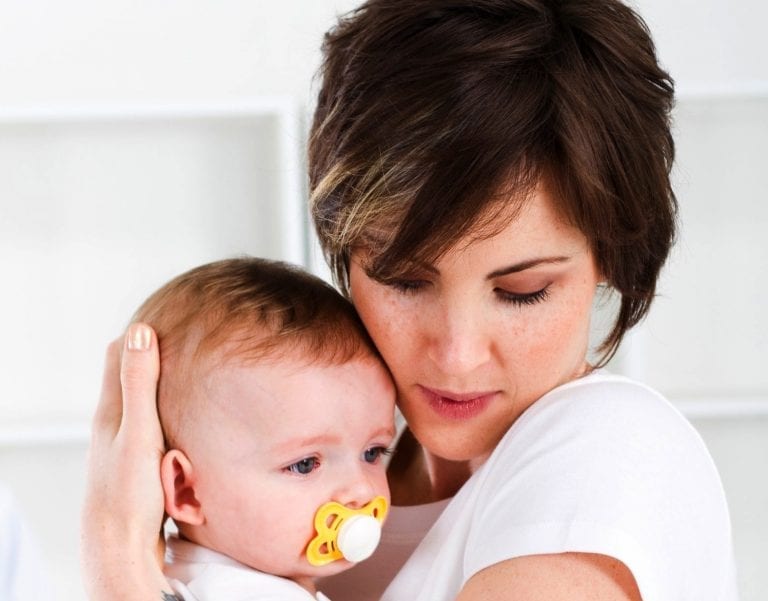How To Prevent Shaken Baby Syndrome
Holding an inconsolable baby is stressful, and it’s during these times you may be tempted to move from rocking and cradling to shaking when baby doesn’t respond to your efforts to soothe her.
Shaken Baby Syndrome happens when a baby’s head is shocked from being shaken so violently that baby can die or be permanently disabled. This can happen in as little as 5 seconds of shaking.
Caring for an Inconsolable Baby
When baby won’t stop wailing, remember these two things, says the CDC:
- Having an inconsolable baby doesn’t make you a bad parent
- It’s normal for babies cry excessively , particularly between ages 2 weeks to 4 months old
Create a care a plan for your inconsolable infant before you’re at your wits end:
First, assess and meet baby’s needs:
- Is she tired? Hungry? Need a diaper change?
- Is she showing any signs of illness? Fever? Runny nose? Tugging at her ears?
- Are her clothes comfortable—not too warm, entangled?
- Does anything help soothe her, like walking, cradling, or gently moving?
Second, give yourself a break:
- Ask your partner or a trusted caregiver to take turns being with baby during the crying
- Calm your nerves by putting baby in a safe place, such as on her back in her crib or bassinet. Supervise her from another room within ear shot or via a baby monitor
- Check on baby every 5-10 minutes until the crying subsides
- Remind yourself that baby’s crying is normal; this period will pass
Abusive Head Trauma
Shaken Baby Syndrome—also called abusive head trauma—happens because a baby’s head is large and heavy but its neck muscles are weak. Shaking moves baby’s brain within its skull, causing bruising, swelling and bleeding, says the National Institutes of Health. This violent motion damages baby’s brain, eyes, spinal cord and neck—even fracturing bones. Hitting baby’s head against a pillow or mattress can be enough to cause injury or death.
Recognize Shaken Baby Syndrome
You may know “never shake your baby”; but it’s also important to watch for signs that a relative or caregiver may have shaken your baby. Alert your baby’s healthcare provider if you notice your baby has any of the following:
- Acts lethargic or listless
- Head or forehead appears larger than usual or soft-spot on head is bulging
- Eating very little or nothing at all
- Struggling to breathe
- Vomiting
- Has pale, bluish skin
- Experiencing convulsions or spasms
- Has rigid or poor posture or can’t lift her head
- Pupils of unequal size; can’t follow an object with her eyes
- Has bruising or blemishes around the head, neck or trunk
RELATED TOPICS:
My Baby Cries Every Night: What is Purple Crying?







Comments are closed.